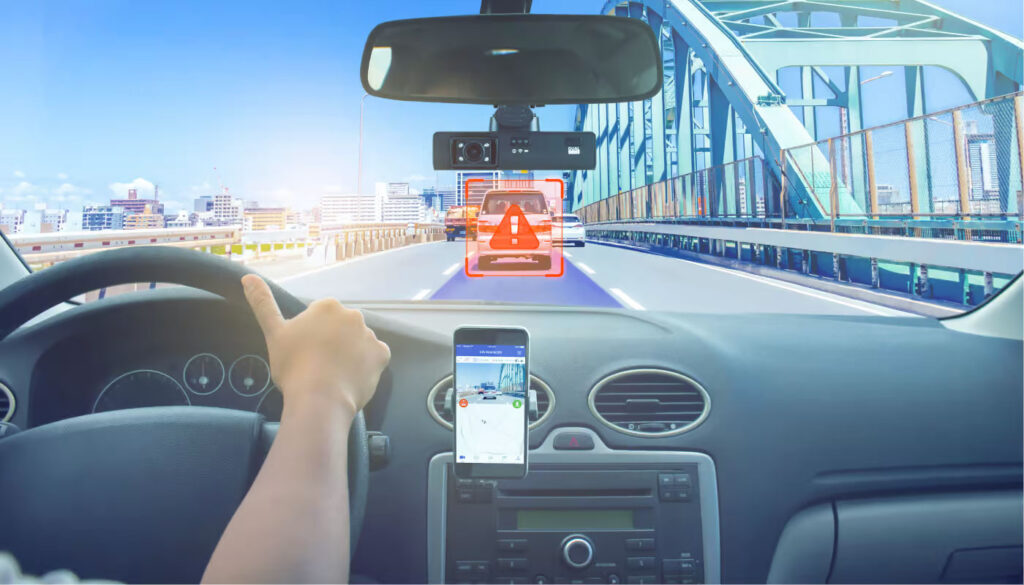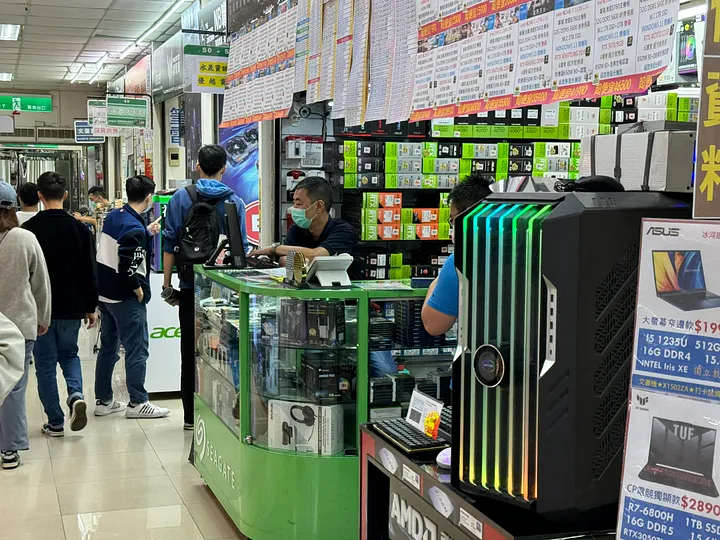If you purchase a new passenger car, it is highly likely that it will come equipped with AI-powered cameras featuring ADAS (Advanced Driver Assistance System) functionality such as front and rear collision warnings and lane detection as standard.
The same trend is also emerging for new commercial and public transportation vehicles such as delivery vans, semi-trucks, and buses, though this will take much longer due to the greater complexity of the systems and camera configurations that are required for larger vehicles.
A thriving after-market is also beginning to appear for AI-powered camera systems with collision-avoidance and driver safety system features that can be retrofitted in existing commercial vehicles. These range from dual camera dash cams for small vehicles to video telematics systems supporting up to eight cameras for the largest trucks and buses.
AI dash cams like the VIA Mobile360 D700 combine front collision, lane departure warning, and driver fatigue and distraction alerts with wireless cloud connectivity so that real-time alerts of incidents can be sent for follow up and photos and videos of the incident can be posted for deeper analysis when required.
One benefit of AI dash cams is that they help the driver remain attentive by notifying them whenever they detect potential safety threats or signs of tiredness and distraction. The rich data these devices provide enables managers to build up a clear picture of vehicle usage and driver behavior that they can use to identify opportunities for improving efficiency, reducing costs, and improving driver training and welfare.
Video telematics systems with AI cameras deliver even greater benefits for larger vehicles. For example, rear AI cameras supporting people and object detection make reversing much safer in busy loading areas or narrow city streets by warning the driver of nearby pedestrians, vehicles, and other potential safety threats.
The global video telematics market for commercial vehicles is notoriously difficult to measure, but it is growing at a solid rate with some analysts expecting it to reach close to $3.5 billion in 2028 at CAGR of over 20%. Stricter global traffic safety regulations combined with accelerated camera AI innovation are two key factors that could potentially accelerate further market expansion.
Related Articles
Transforming worksite safety with camera-based edge AI
Enhancing warehouse safety and efficiency with AI camera systems
Gadgets, gizmos, software and devices. I love all technology.



